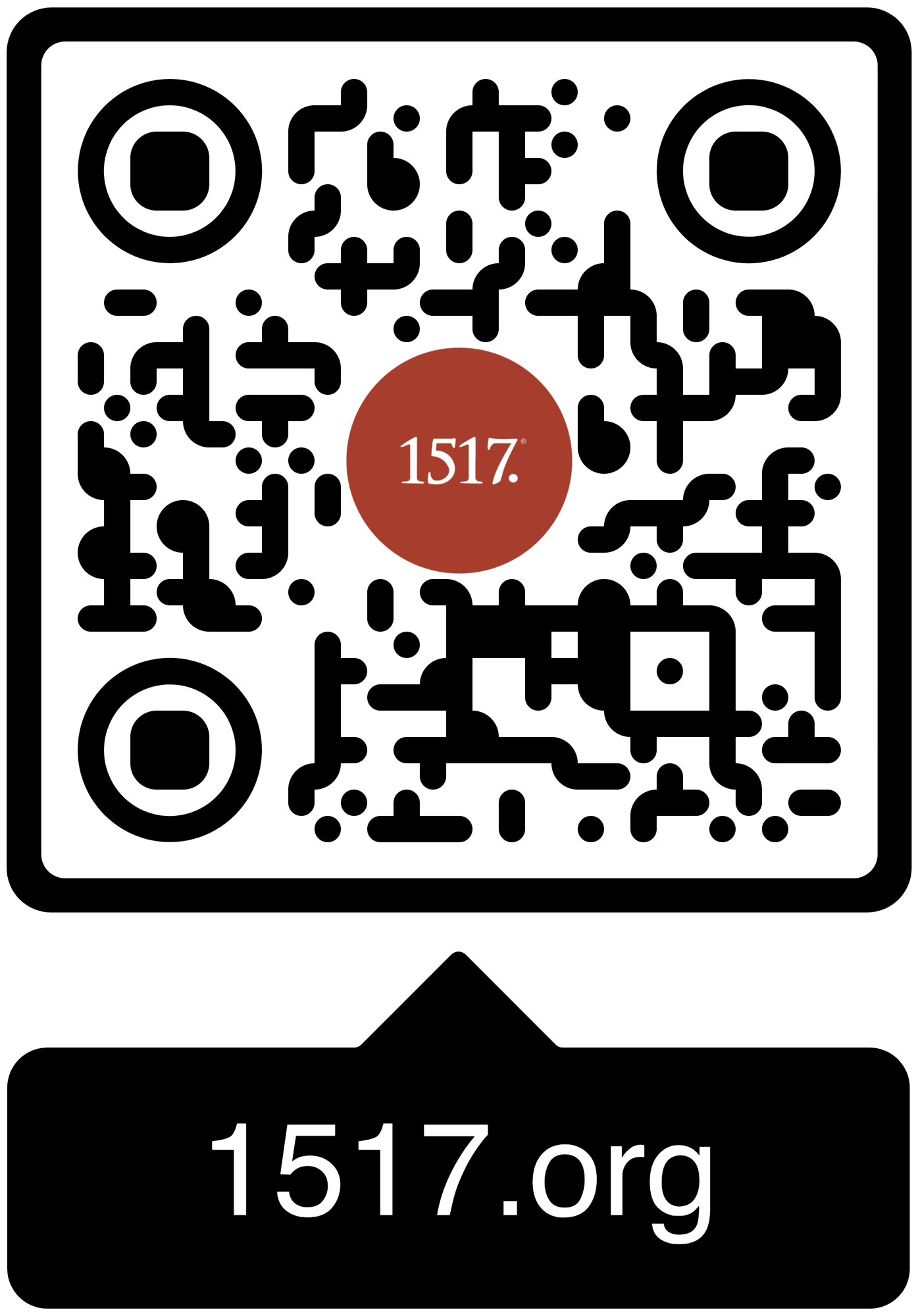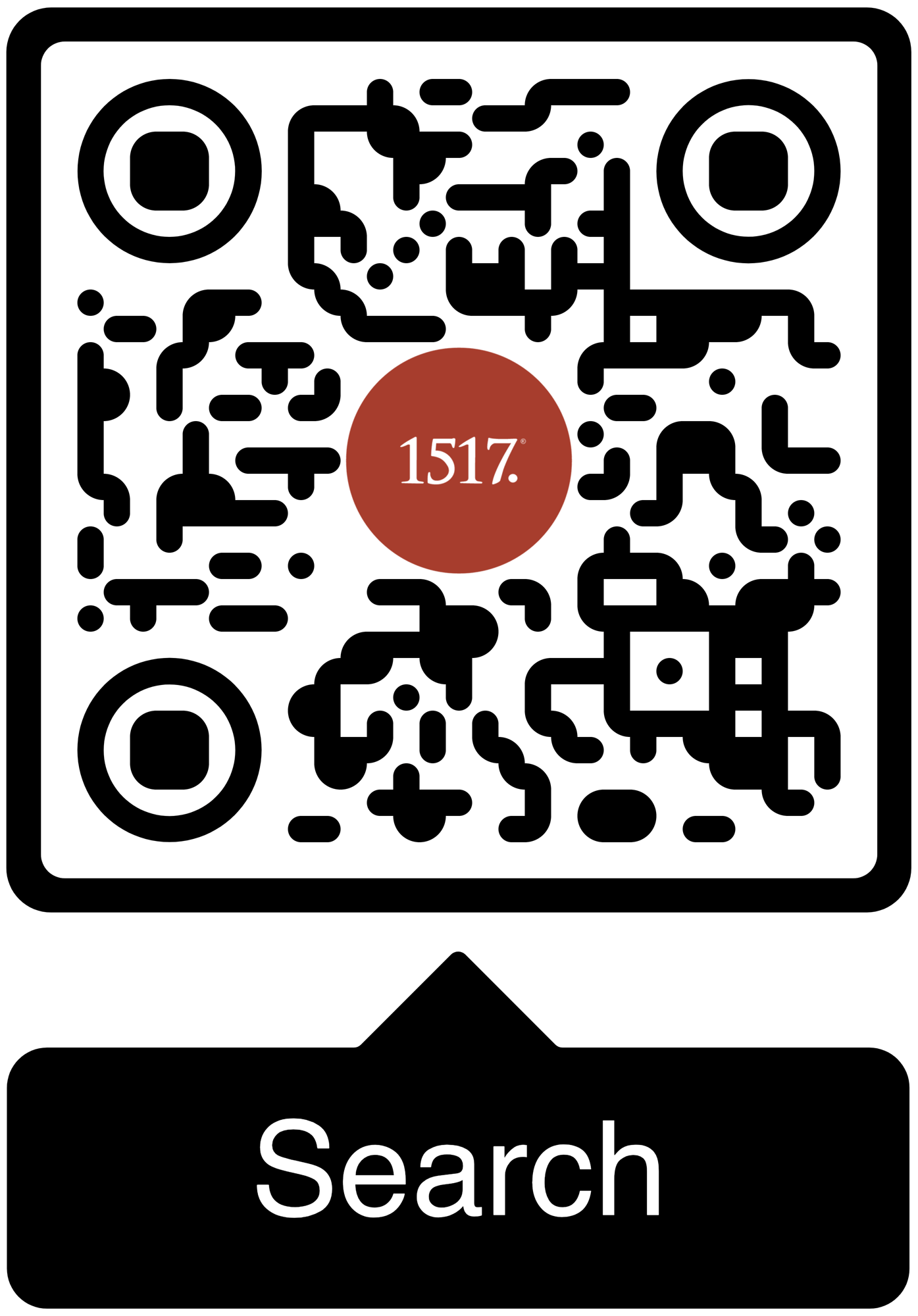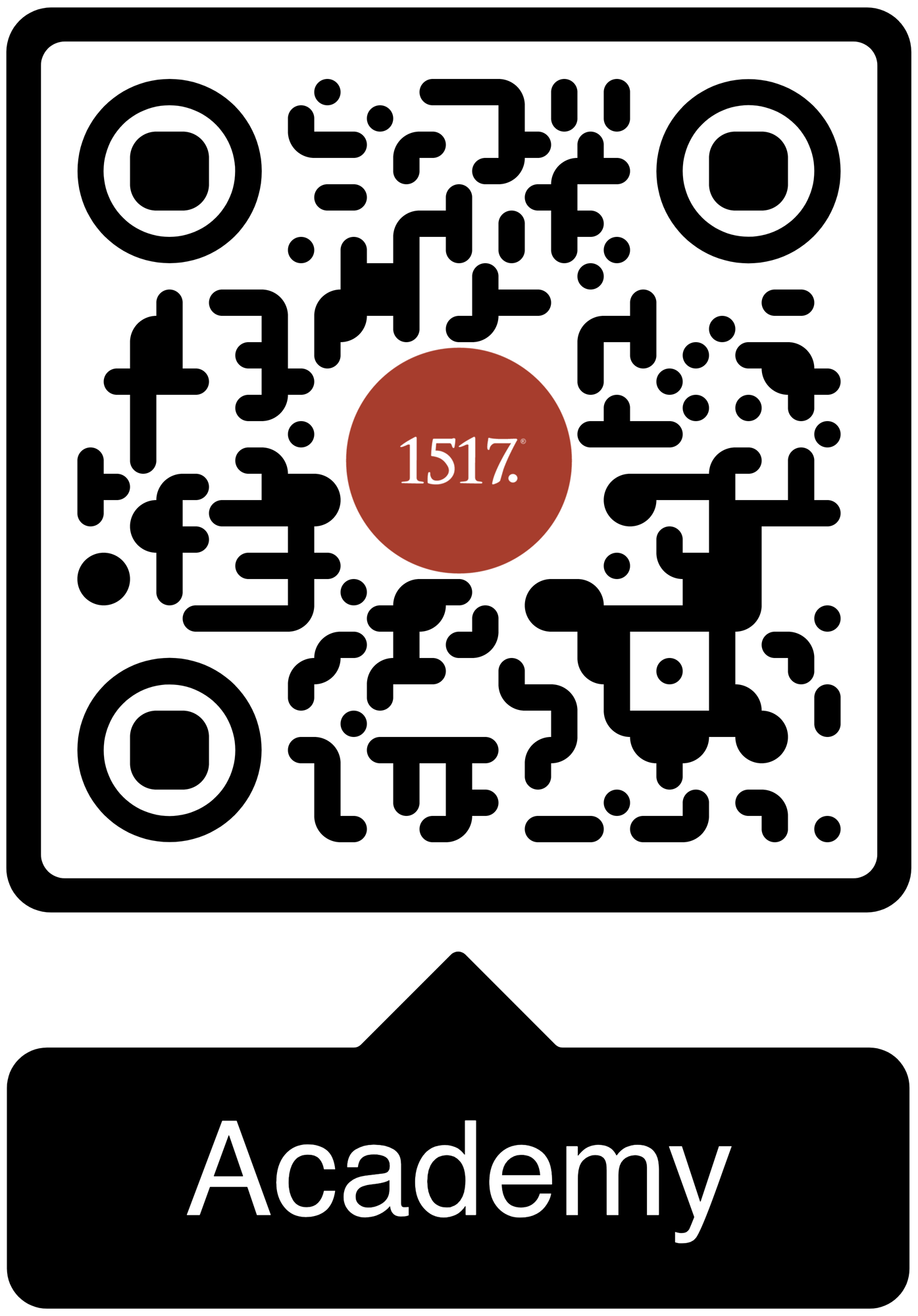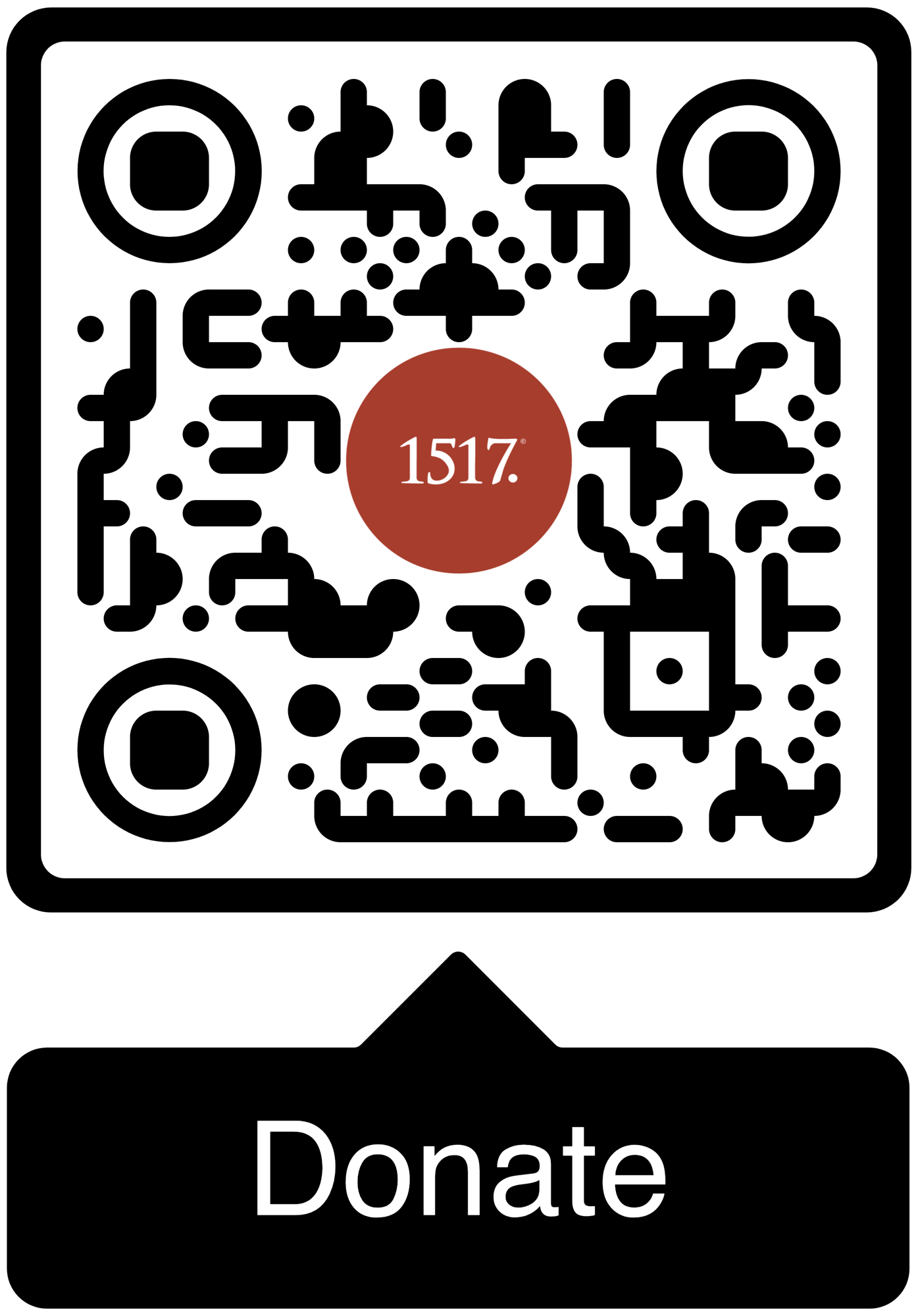Wisdom and strength require bootstrap-pulling and the placing of noses to grindstones.
07/03/25
“If the Son sets you free, you will be free indeed” (John 8:36).
07/02/25
How do the words “The righteous shall live by his faith” go from a context of hope in hopelessness to the cornerstone declaration of the chief doctrine of the Christian faith?
All Articles
Author
- All Authors
- 1517 Publishing
- 1517 Staff
- A. A. Just Jr.
- A.J. Vega
- Aaron Boerst
- Adam Francisco
- Adam Stetson
- Amy Mantravadi
- Andrew Foss
- Anthony DiLiberto
- Blake Flattley
- Bob Hiller
- Bob Sundquist
- Bonnie Petroschuk
- Brad Soenksen
- Bradley Gray
- Brandon Hanson
- Brandon Pangman
- Brennan Manning
- Brian W. Thomas
- Bror Erickson
- Bruce Hillman
- C.S. Lewis
- Caleb Keith
- Chad Bird
- Charles E. Fry
- Christopher J. Richmann
- Cindy Koch
- CJ Armstrong
- Craig Donofrio
- Dan Chrismer
- Dan van Voorhis
- Dan Weber
- Daniel Deen
- Daniel Emery Price
- Daniel Stenberg
- David Clay
- David Rufner
- David Schmitt
- Delwyn Campbell
- Dominick Santore
- Donavon Riley
- Edward Killian
- Elyse Fitzpatrick
- Erick Sorensen
- Gage Jordan
- Gerhard Forde
- Grant Klembara
- Greg Koukl
- Gretchen Ronnevik
- Haroldo Camacho
- Hermann Sasse
- Jacob Corzine
- Jacob Smith
- Jake Allstaedt
- Jared C. Wilson
- Jason Lane
- Jason Lang
- Jason Oakland
- Jay Sawrie
- Jeff Mallinson
- Jeffrey Pulse
- Jenifer Mohan
- Jessica Delgado
- Jessica Thompson
- Jim Nestingen
- Joel Fitzpatrick
- Joel Hess
- Joey Goodall
- John Bombaro
- John Bortulin
- John Chrysostom
- John T. Pless
- John W. Hoyum
- John Warwick Montgomery
- Jonathan Ruehs
- Jordan Spina
- Joshua Miller
- Justin Rossow
- Karen Stenberg
- Kathy Morales
- Katie Koplin
- Kelsi Klembara
- Ken Sundet Jones
- Kerri Tom
- Kevin Hale
- Kevin McClain
- Kyle G. Jones
- Larry D. Hughes
- Laura Bauer
- Luke Kjolhaug
- Magnus Persson
- Mariah Coward
- Mark Jasa
- Mark Mattes
- Mark Pierson
- Martin Luther
- Matt Johnson
- Matt Kroelinger
- Matt Popovits
- Michael Berg
- Michael Gibney
- Nicholas Hopman
- Nicholas Kallis
- Norman Nagel
- Paul Dunk
- Paul Koch
- Pete Lange
- Peter Nafzger
- Philip Bartelt
- Preston Sprinkle
- Raleigh Sadler
- Rick Ritchie
- RJ Grunewald
- Robert Farrar Capon
- Robert Kolb
- Rod Rosenbladt
- Roland Ehlke
- Ron Hodel
- Ryan Couch
- Ryan Matthias
- Ryan Stevenson-Cosgrove
- Ryan Tinetti
- Sam Leanza Ortiz
- Sam P. Schuldheisz
- Sarah Crowder
- Scott Davis
- Scott Keith
- Scott Landrum
- Seth Moorman
- Steve Byrnes
- Steve Kruschel
- Steven A. Hein
- Steven Paulson
- StoryMakers NYC
- Tanner Olson
- Tate Barber
- Ted Rosenbladt
- Travis Scholl
- Tyler Cronkright
- Uwe Siemon-Netto
- Valerie Thur
- Wade Johnston
- Walter Hwang
- Wayne Sender
- Zack James Cole
03/14/21
Jesus takes the sins of man upon Himself and carries them to the cross to make our hearts holy and acceptable in the eyes of God.
03/07/21
The preacher of this text should follow the logic of the text, the divinely inspired genius of Saint Paul, and get out of the way.
03/07/21
When we look upon the cross, we see our sin. We also see the One who washes it away and gives life.
03/03/21
God preserves language so he might continue to communicate his love and grace to us, and that we might communicate his love and grace to others.
03/01/21
Nostalgia is a looter who impoverishes us of the truth that God is in our midst right now.
02/28/21
Christianity is not about principally about ethics. It was the Cross on the Hill rather than the Sermon on the Mount that produced the impact of Christianity upon the world.
02/28/21
The words “sanctify” and “sanctification” have deep roots in the Old Testament. There, holiness is about nearness to the presence of God. He is the holy-maker. Sanctification is his gift. The Old Testament helps us to avoid the common misunderstanding today that sanctification is all about our life of good works.
02/16/21
Jesus Christ is our peace because he doesn't criticize us. He declares us freed from our perceptions to accept the truth about ourselves.
02/11/21
Our prayer confesses that God’s abode is beyond us, yet ever so near for the prayer presupposes that we are being heard, even in our sighs and whispers.
02/10/21
What do Abraham's near-sacrifice of Isaac, the place where David built an altar to stop a plague, and the temple of Solomon all have in common? All three were on the same mountain. On this mountaintop, you can see the whole story of salvation.
02/08/21
God’s plans and purposes for this world aren’t dependent upon us. They’re dependent upon him. This means our faith is liberated.
02/01/21
So, what do we pray? What do we say? In times of fear, in times of chaos, in unprecedented times, we pray and say the words that have been written on our hearts.
1517 is a Christian non-profit (501(c)3) multi-media organization. Our mission is to declare and defend the Good News that we are forgiven and free on account of the death and resurrection of Jesus alone.





1517 grants permission for our free online resources to be printed, photocopied, and otherwise used freely for private and church use. We require that authorship and source (1517.org) are referenced and maintained. These resources may not be sold or included in any publications for sale.
%2c_by_John_Trumbull.jpg?width=700&height=555&name=Declaration_of_Independence_(1819)%2c_by_John_Trumbull.jpg)

